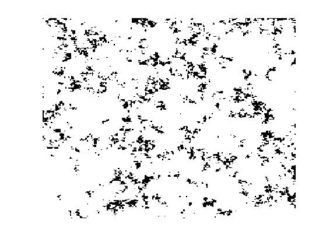
Computational Tribology
Contact Area Calculation Tutorial: Boundary Element Based Model vs. Asperity Based Model
In contact mechanics and tribology it is frequently needed to calculate the contact area between rough surfaces to estimate possible slip, friction, electric conductivity, etc. In this tutorial, it will be shown how to perform […]